Separation anxiety in dogs is more than just a nuisance—it’s a serious issue that can lead to destructive behaviour and emotional distress. Are you doing enough to help your anxious pet? Here are 17 essential steps to address and manage your dog’s separation anxiety.
1. Recognise the Symptoms
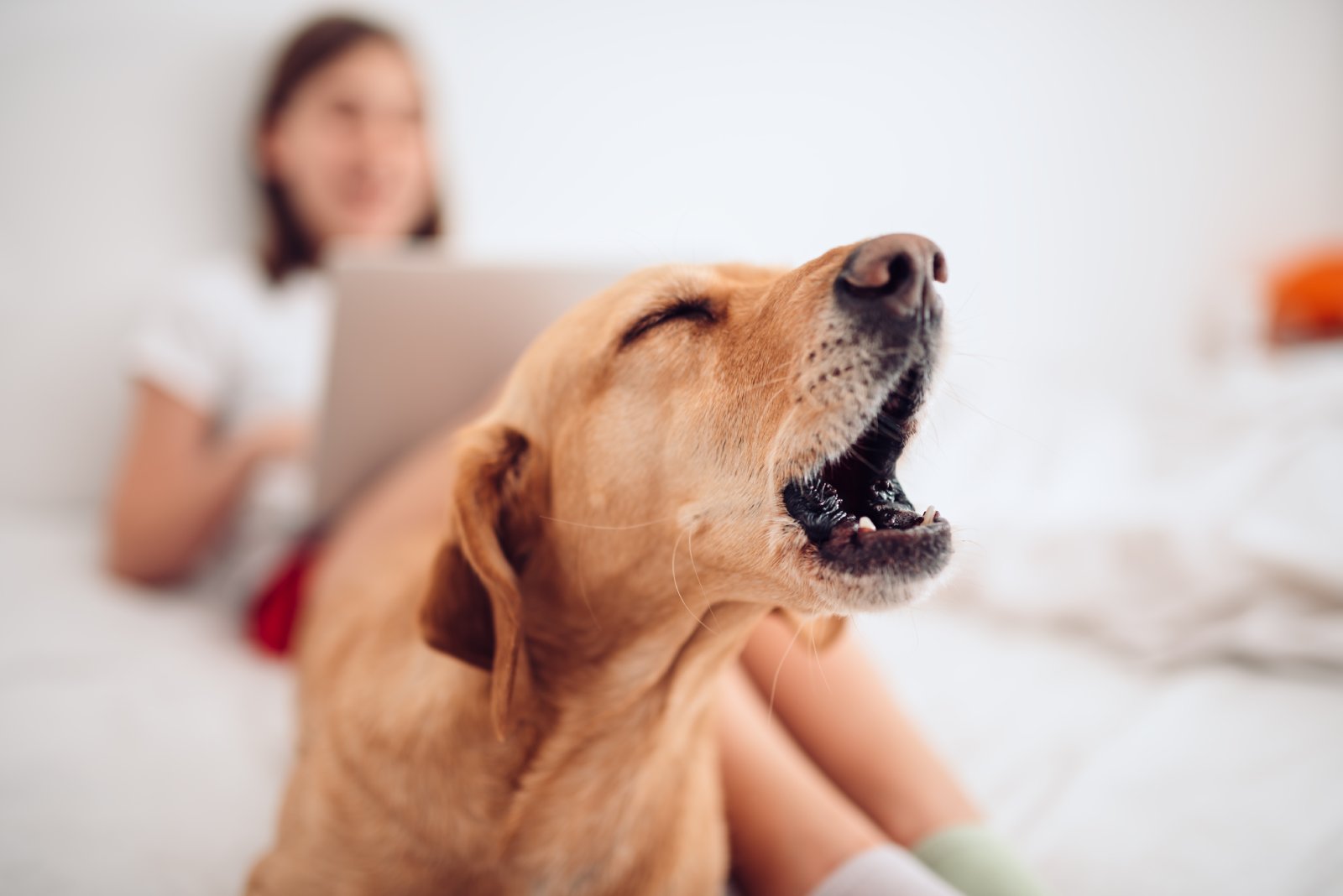
Is your dog showing signs of distress when left alone, such as barking, howling, or destructive behaviour? Ignoring these symptoms can lead to escalating anxiety. Learn to identify the signs early on.
2. Assess Your Leaving Routine
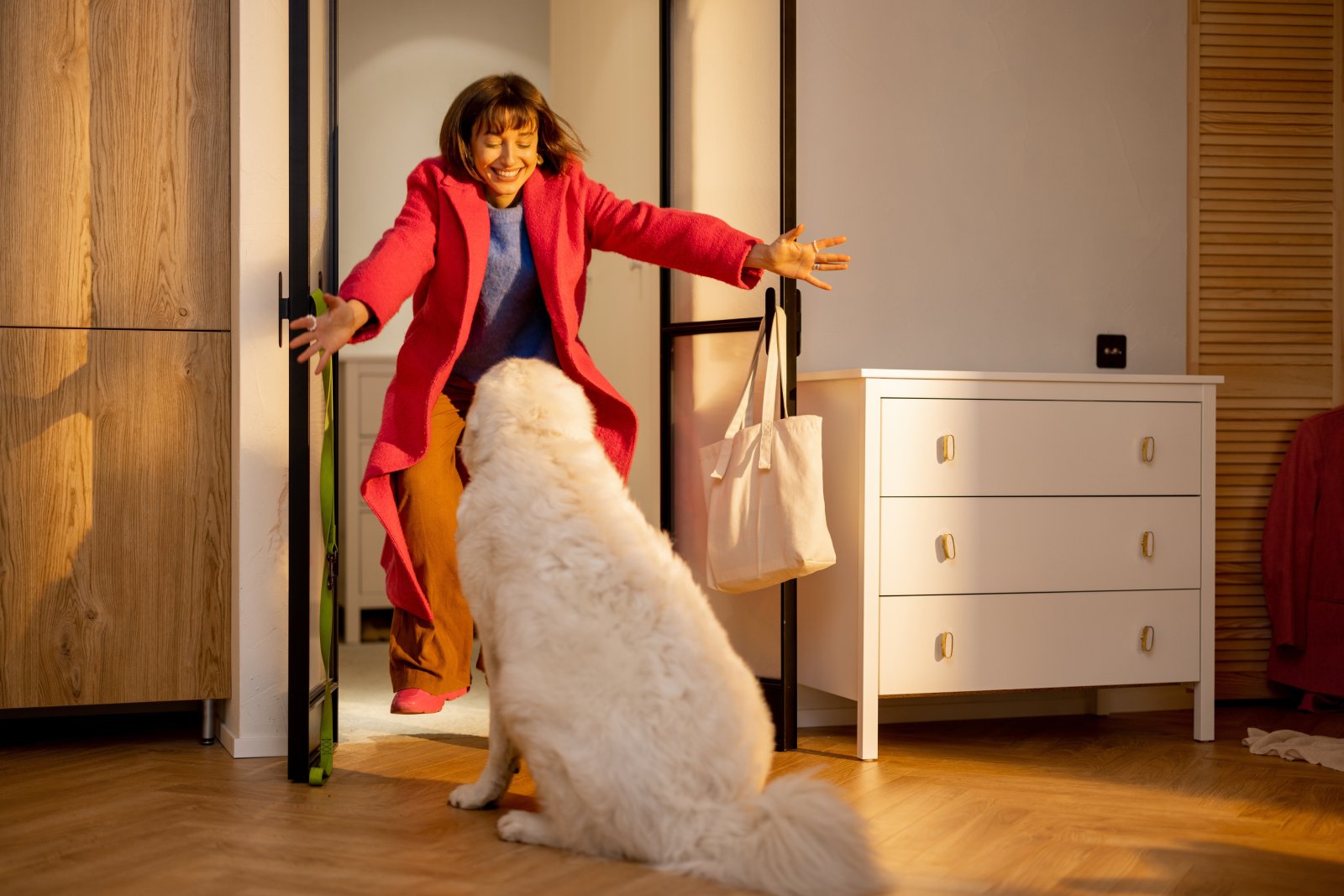
Do you make a big fuss when leaving or returning home? This can increase your dog’s anxiety. Try to stay calm and low-key during departures and arrivals.
3. Create a Safe Space
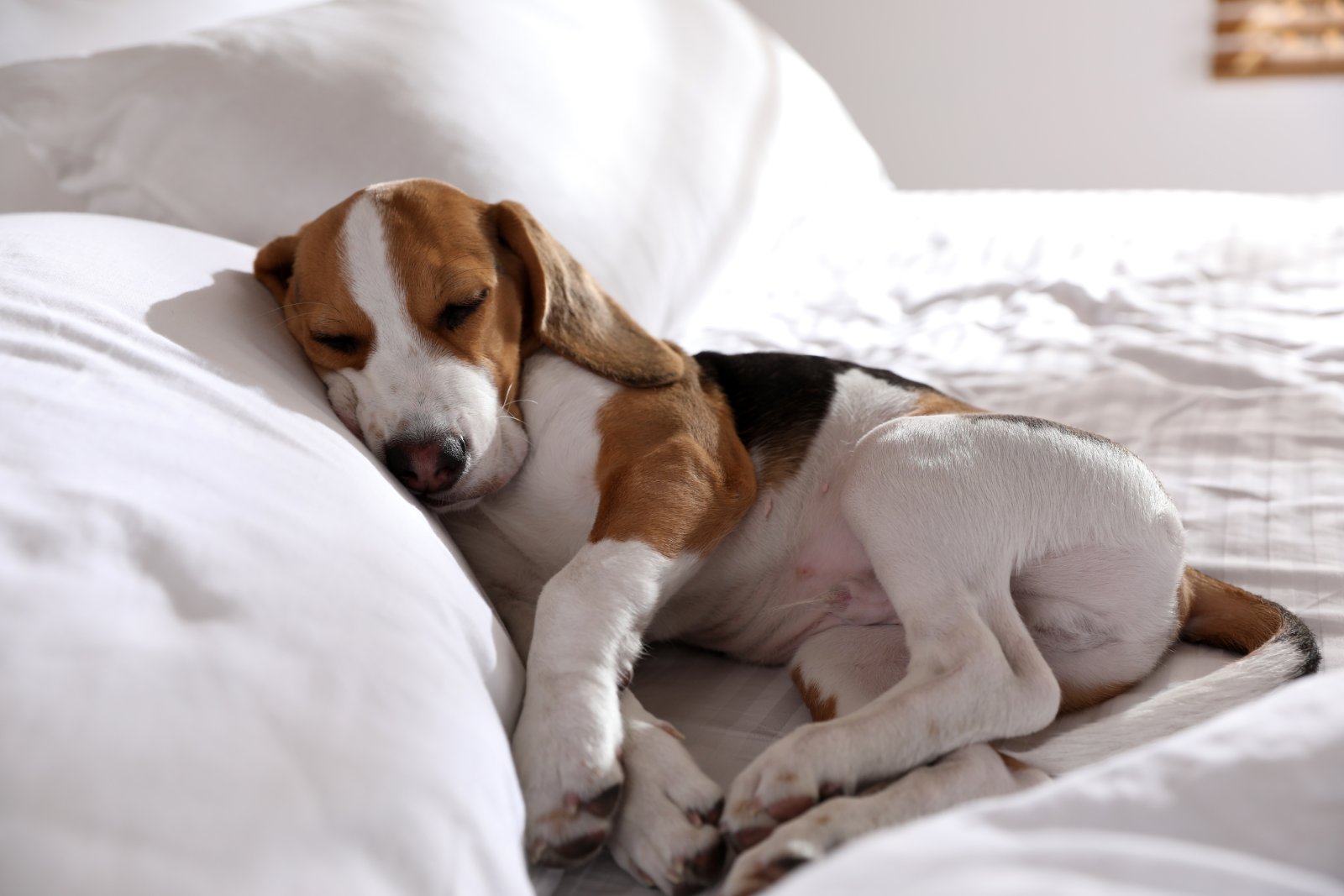
Does your dog have a secure area where they feel safe? Establish a comfortable and familiar environment to help reduce their stress.
4. Exercise Before Leaving

Are you ensuring your dog gets plenty of exercise before you leave? Physical activity can help tire them out and reduce anxiety levels.
5. Gradual Desensitisation
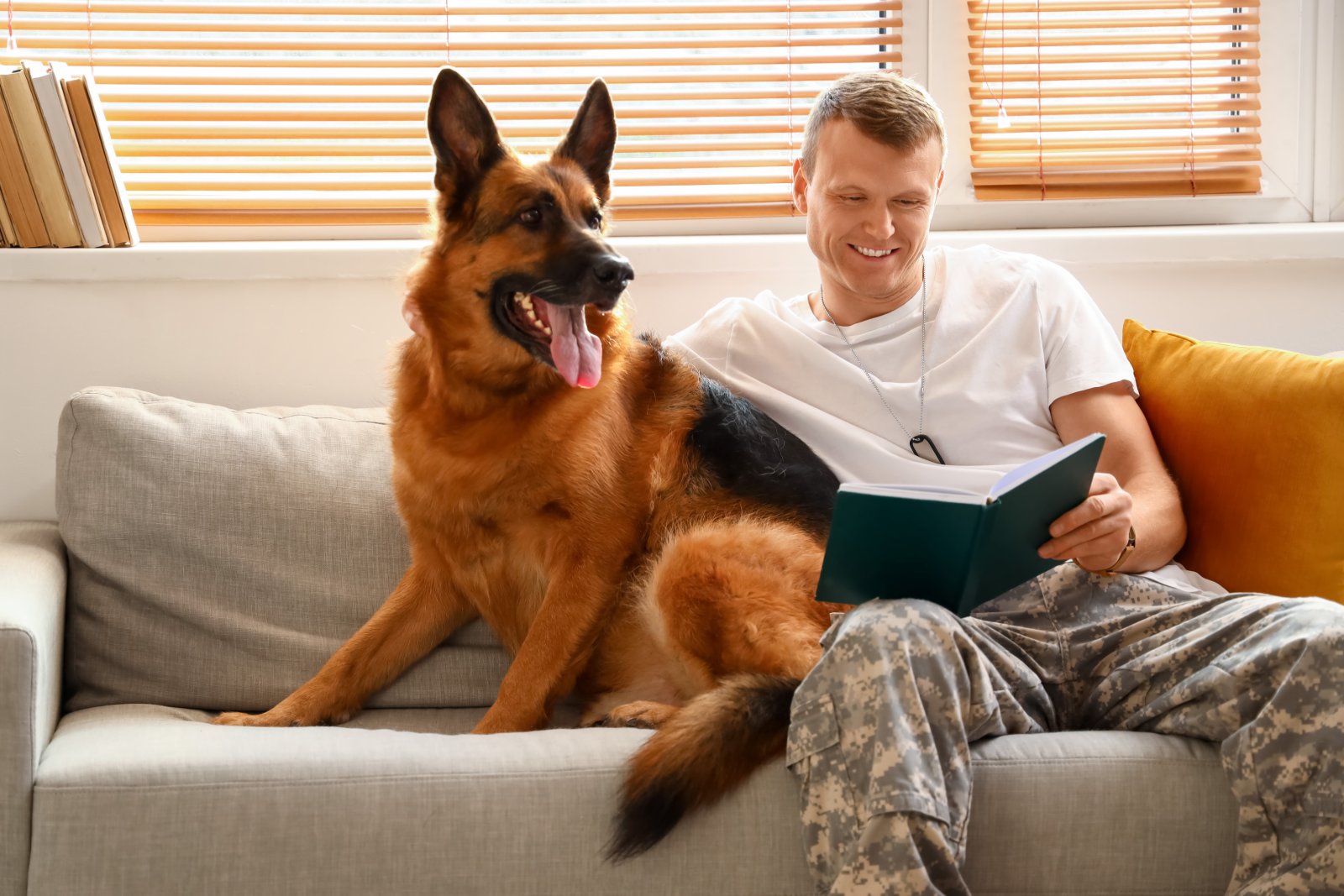
Are you working on gradually getting your dog used to being alone? Start with short absences and slowly increase the duration as your dog becomes more comfortable.
6. Interactive Toys and Puzzles
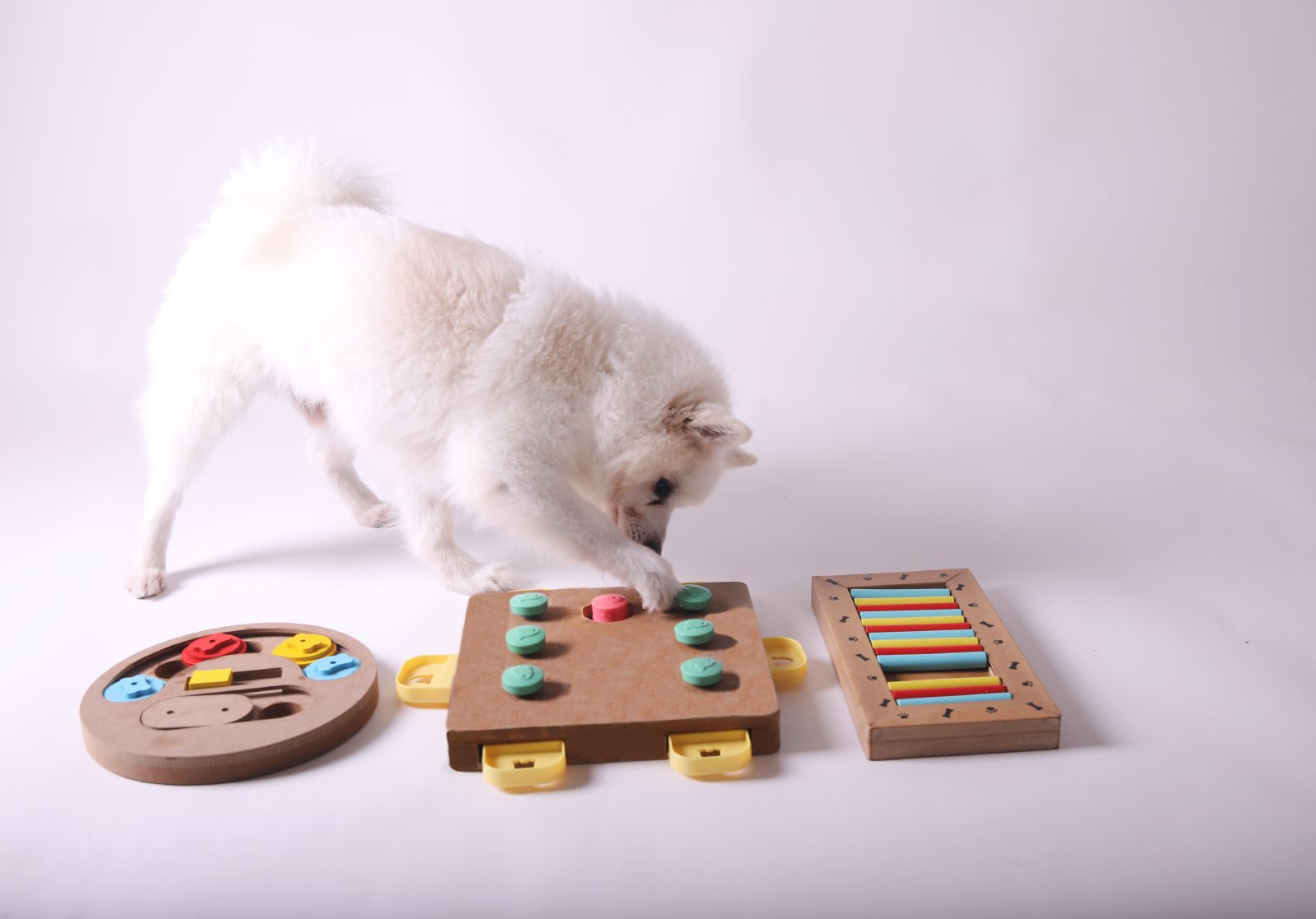
Is your dog occupied when you’re away? Provide toys and puzzles to keep their mind engaged and distracted from your absence.
7. Background Noise
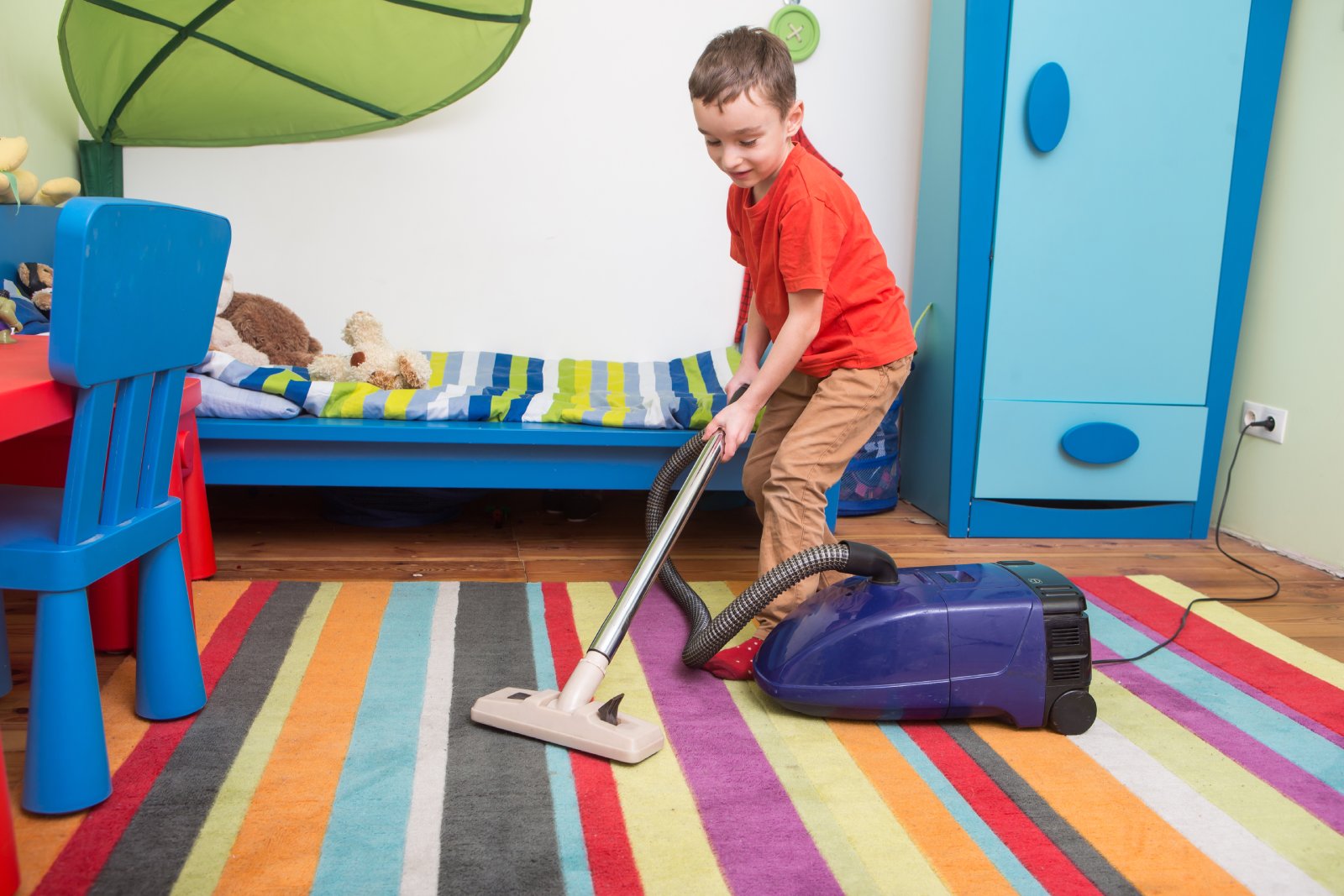
Do you leave a radio or TV on for background noise? This can provide comfort and reduce the feeling of loneliness for your dog.
8. Training Commands
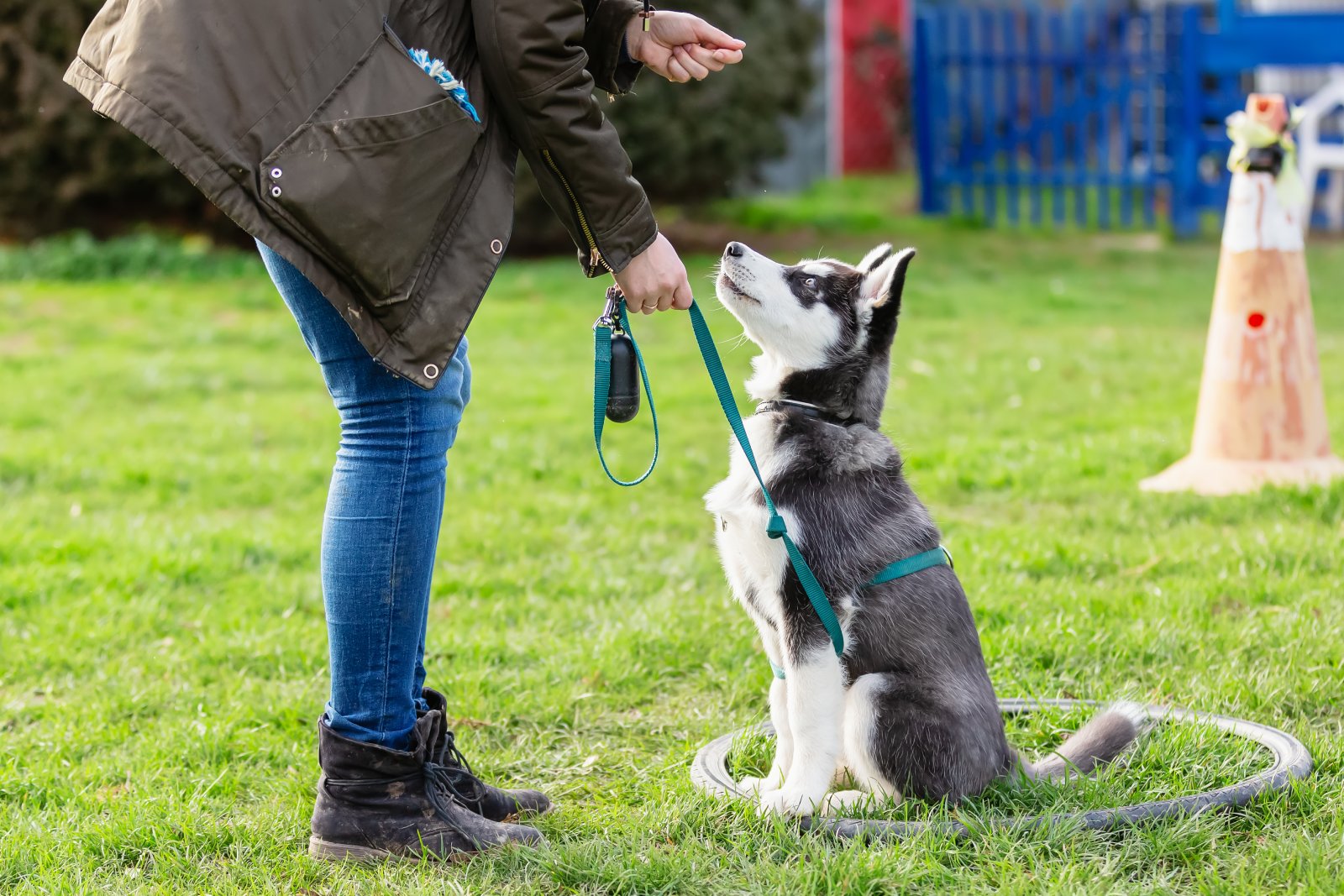
Are you using training commands to establish control and calmness? Commands like “stay” and “calm” can be useful tools in managing anxiety.
9. Routine and Consistency
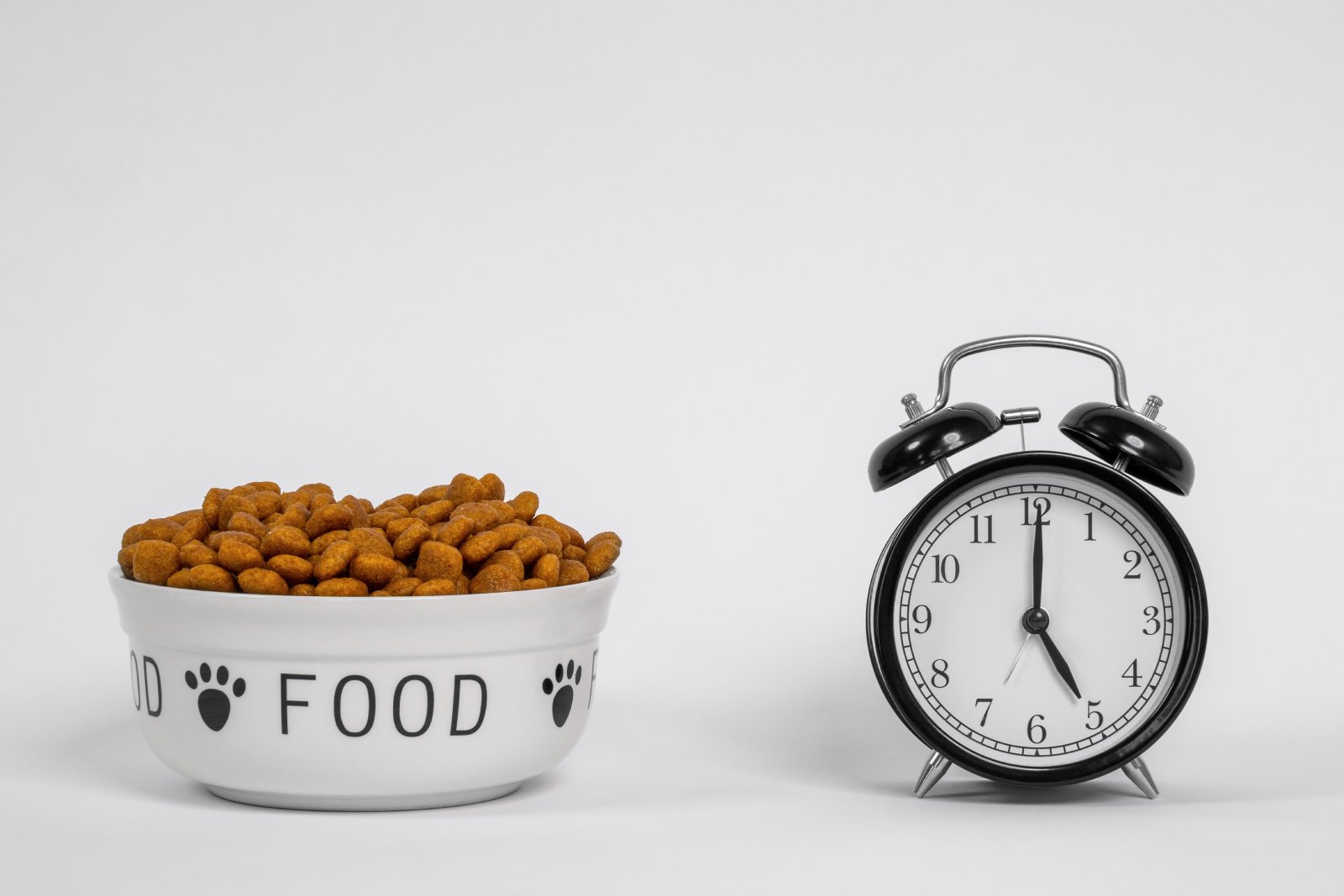
Is your dog’s routine consistent? Dogs thrive on routine, and a predictable schedule can help reduce anxiety.
10. Seek Professional Help
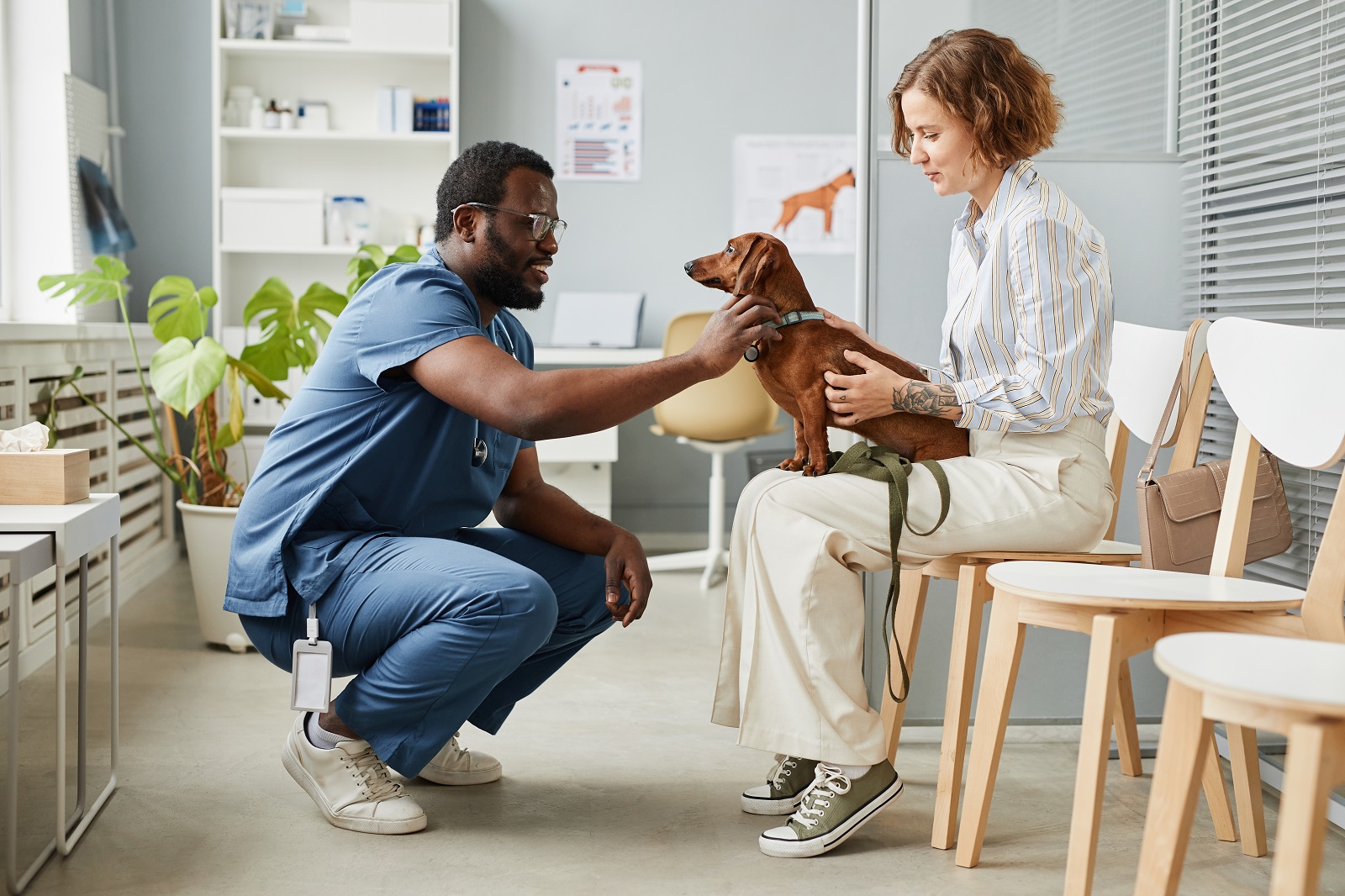
Have you consulted a veterinarian or a professional dog trainer for severe anxiety? They can offer tailored advice and possibly recommend medication or behavioural therapy.
11. Avoid Punishment
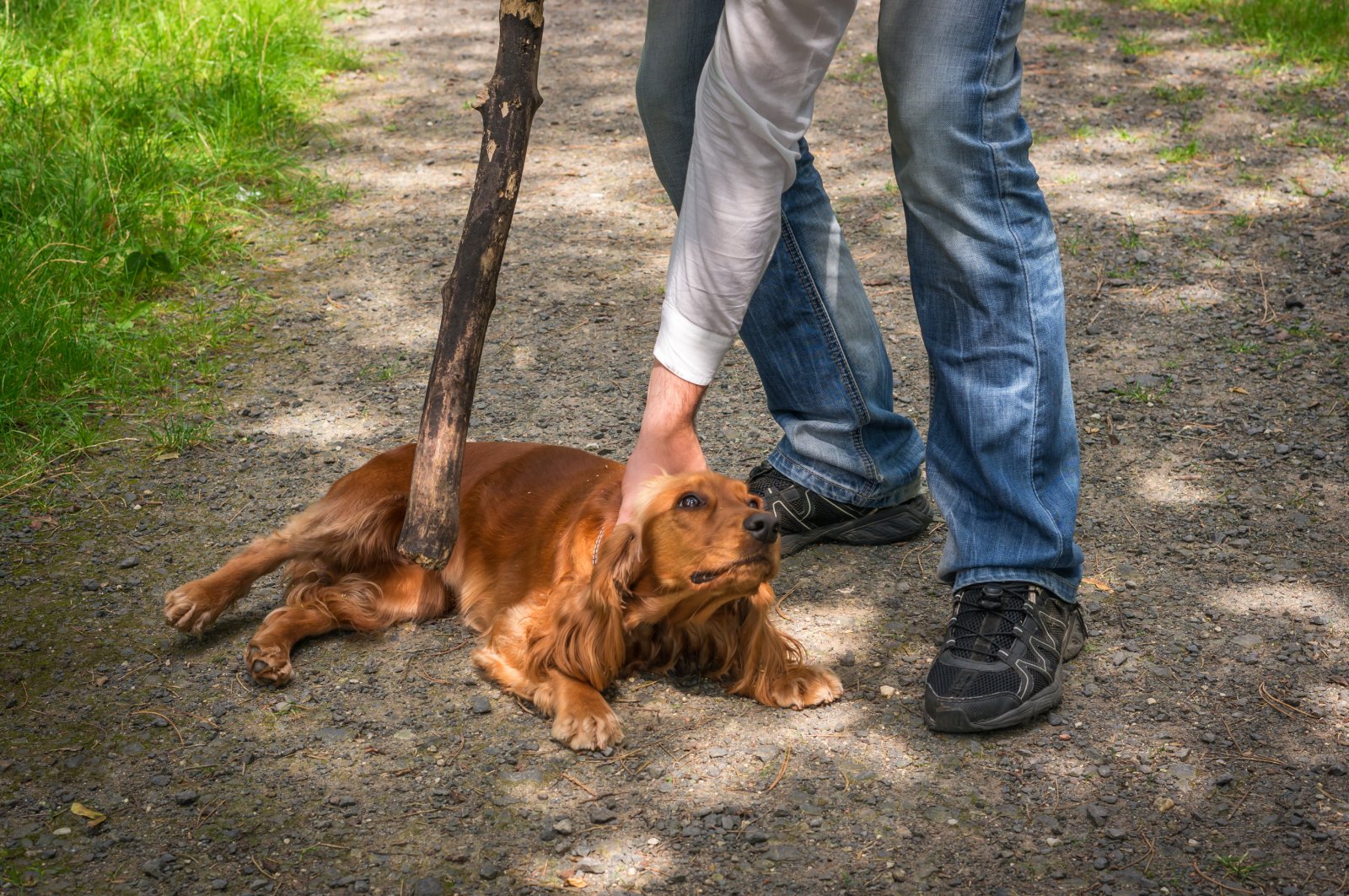
Do you punish your dog for anxious behaviour? This can increase fear and worsen anxiety. Focus on positive reinforcement instead.
12. Use Comfort Items
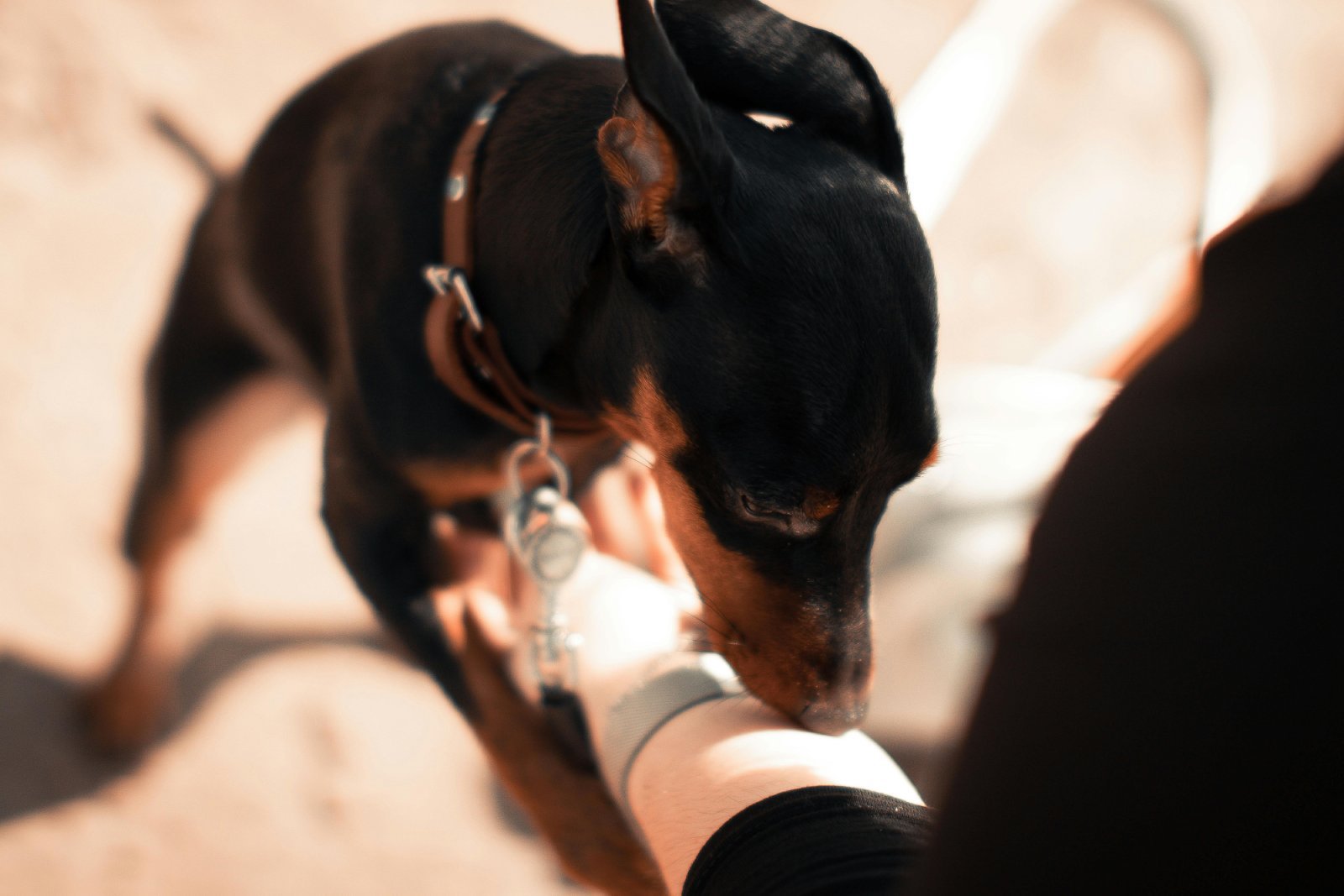
Do you leave items that smell like you for comfort? Your scent can provide reassurance and reduce your dog’s anxiety.
13. Minimise Triggers
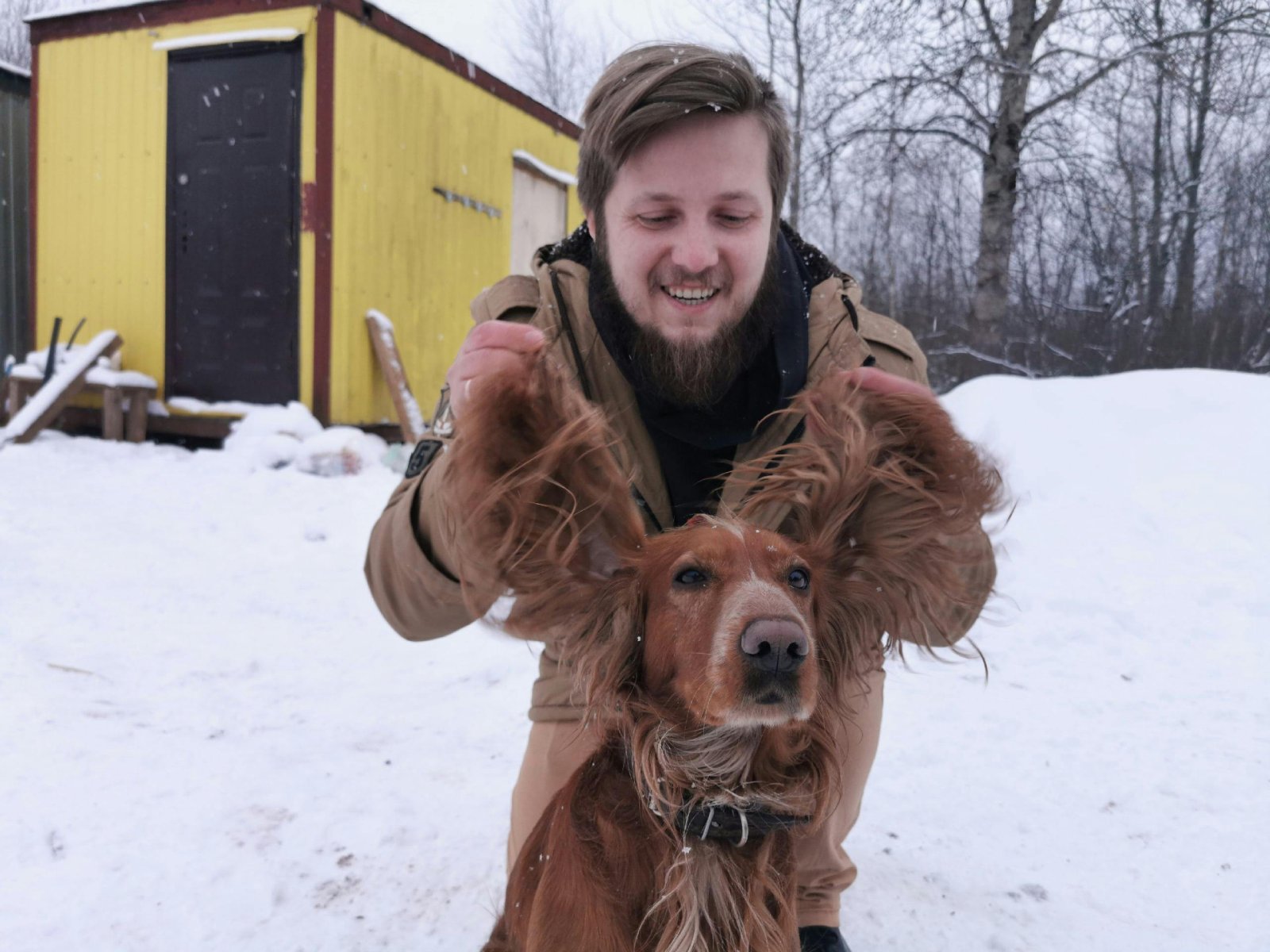
Are you aware of and minimising triggers that exacerbate your dog’s anxiety? Identify what sets off their anxiety and try to reduce exposure to these triggers.
14. Practice Short Absences
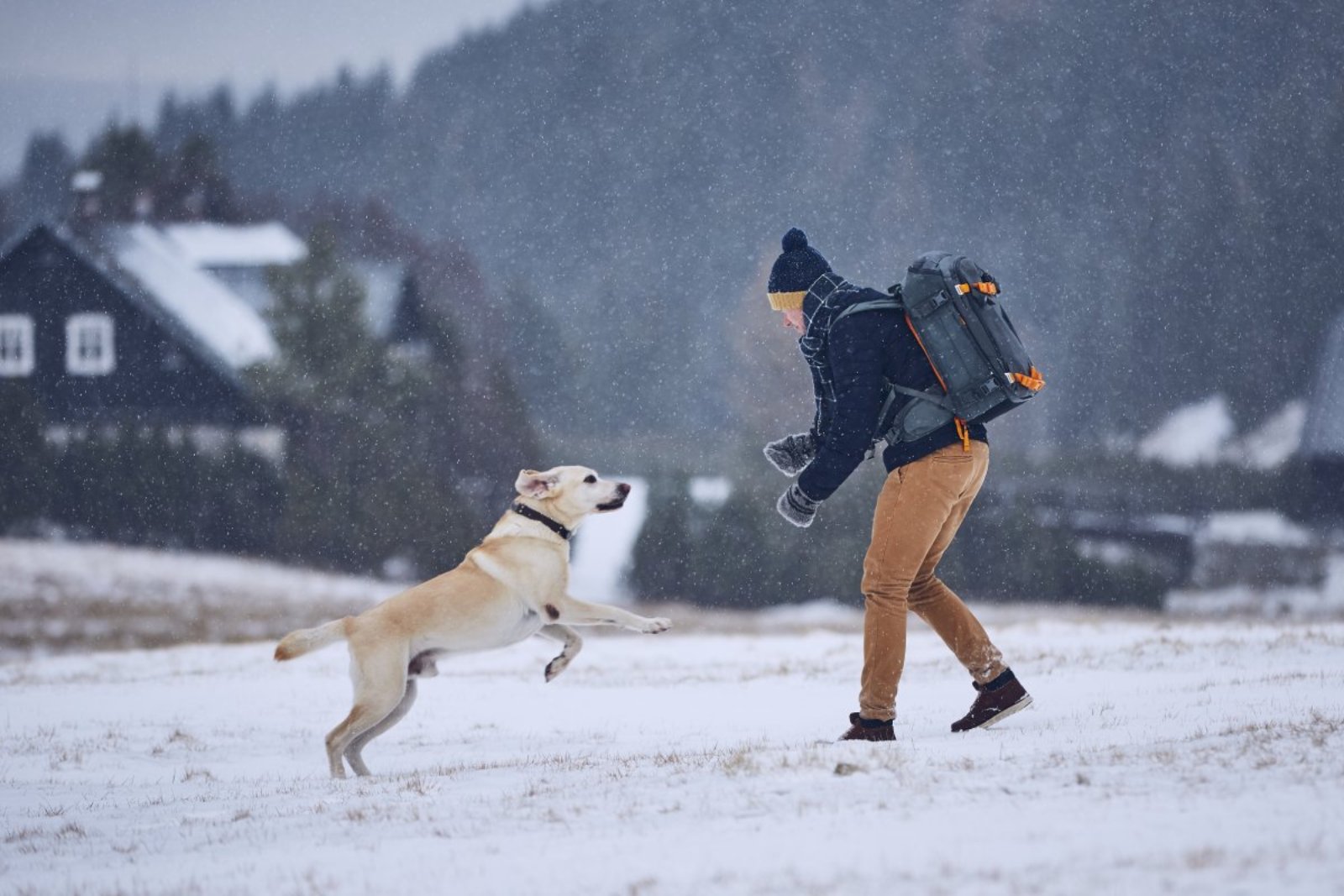
Are you practising short absences to build your dog’s tolerance? This helps them learn that you will return and can reduce anxiety over time.
15. Hire a Pet Sitter or Dog Walker
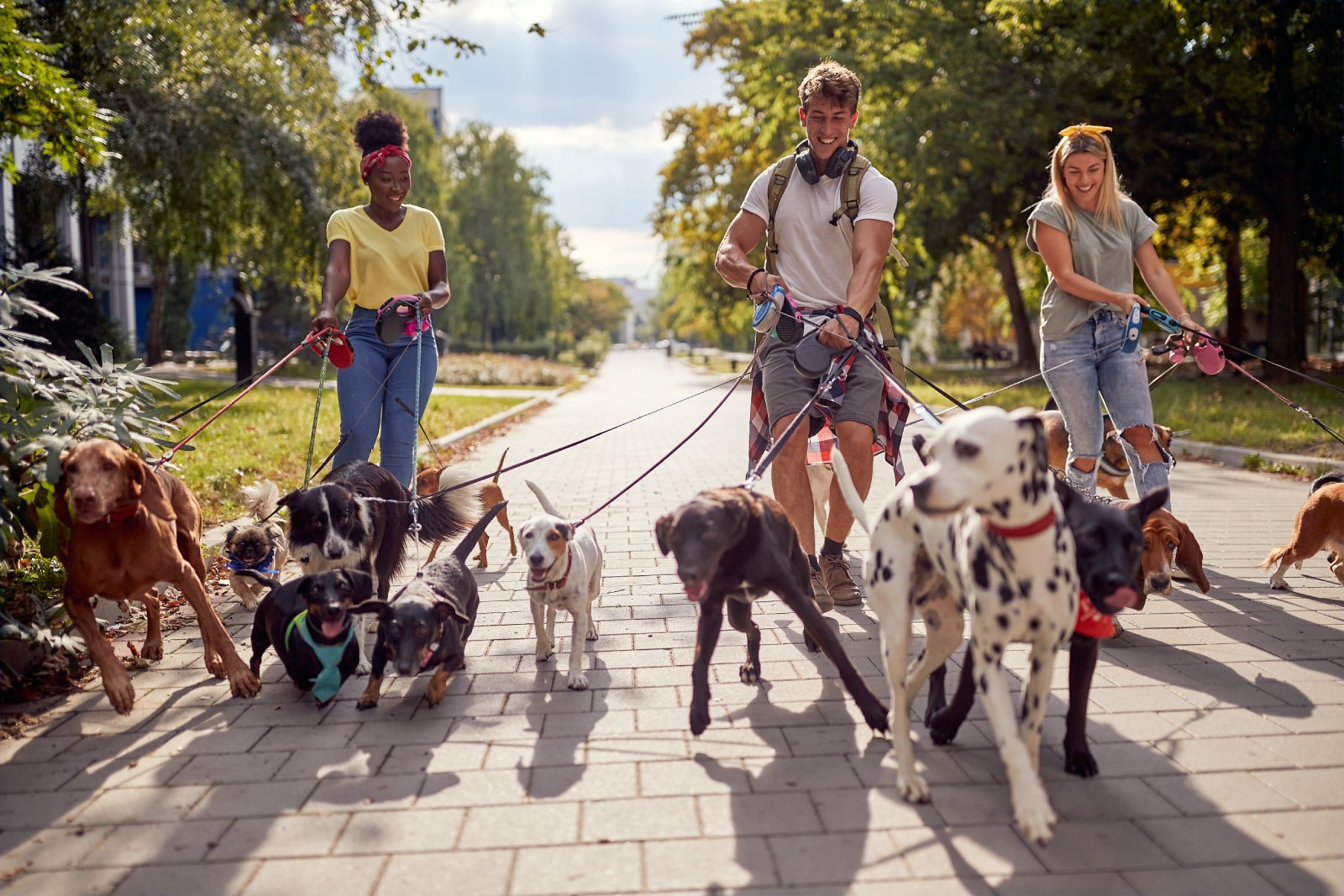
Do you have someone to check in on your dog during the day? Hiring a pet sitter or dog walker can break up the time your dog spends alone and provide much-needed interaction.
16. Consider Dog Daycare
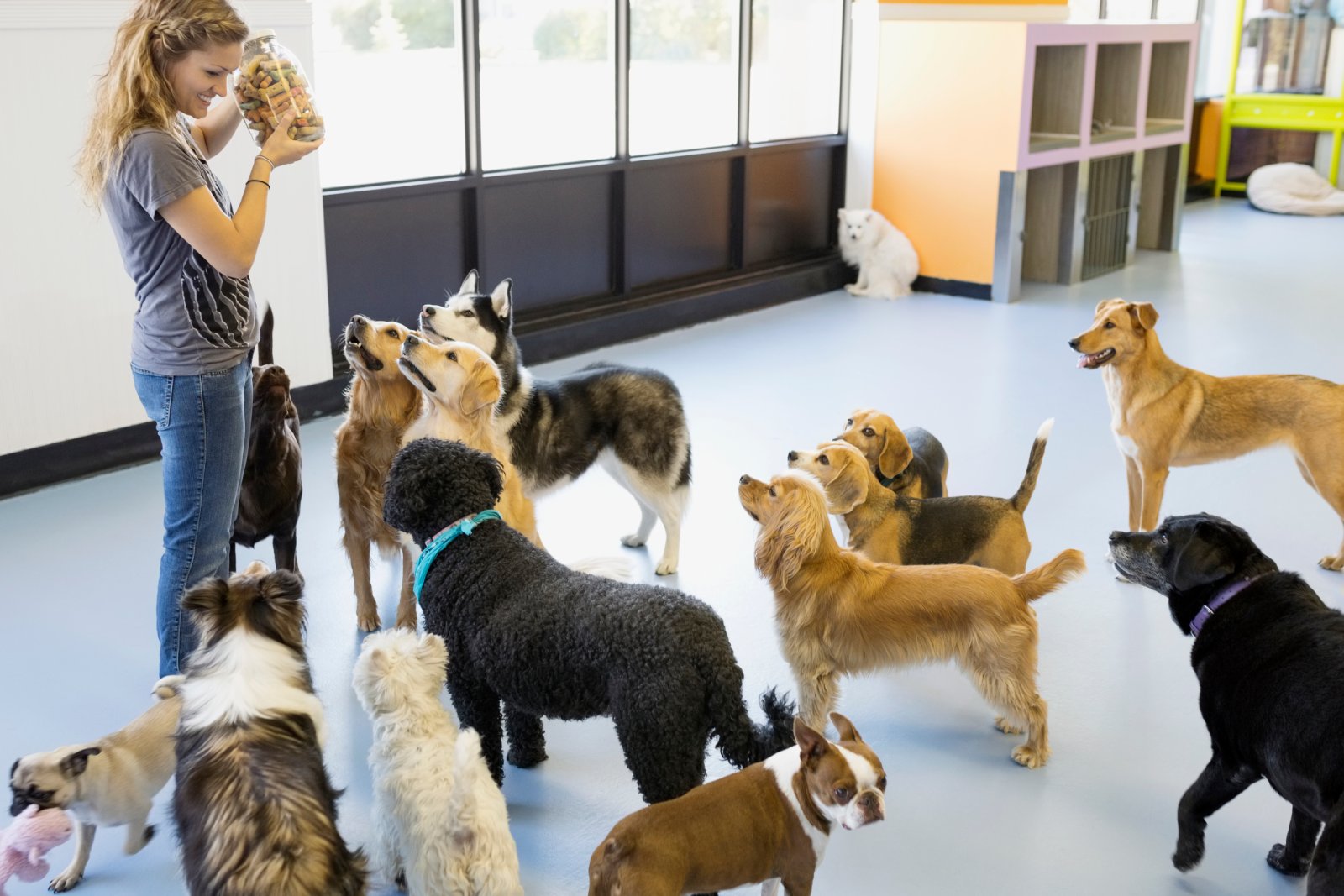
Is dog daycare an option for you? It provides social interaction and activity, reducing the time your dog spends alone and anxious.
17. Be Patient and Consistent
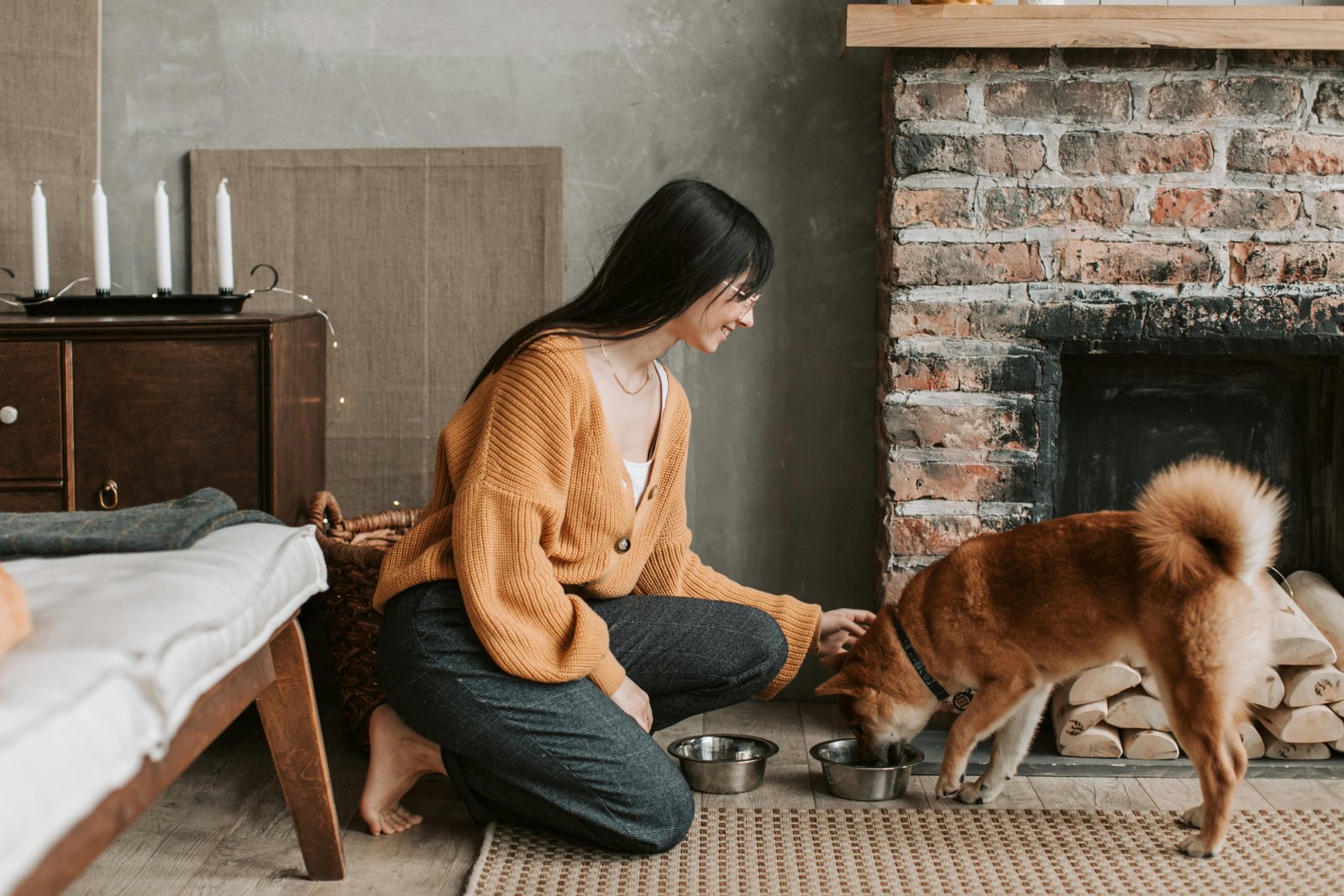
Are you being patient with your dog? Overcoming separation anxiety takes time and consistent effort. Your commitment is crucial to your dog’s well-being.
Don’t Let Anxiety Control Your Dog’s Life
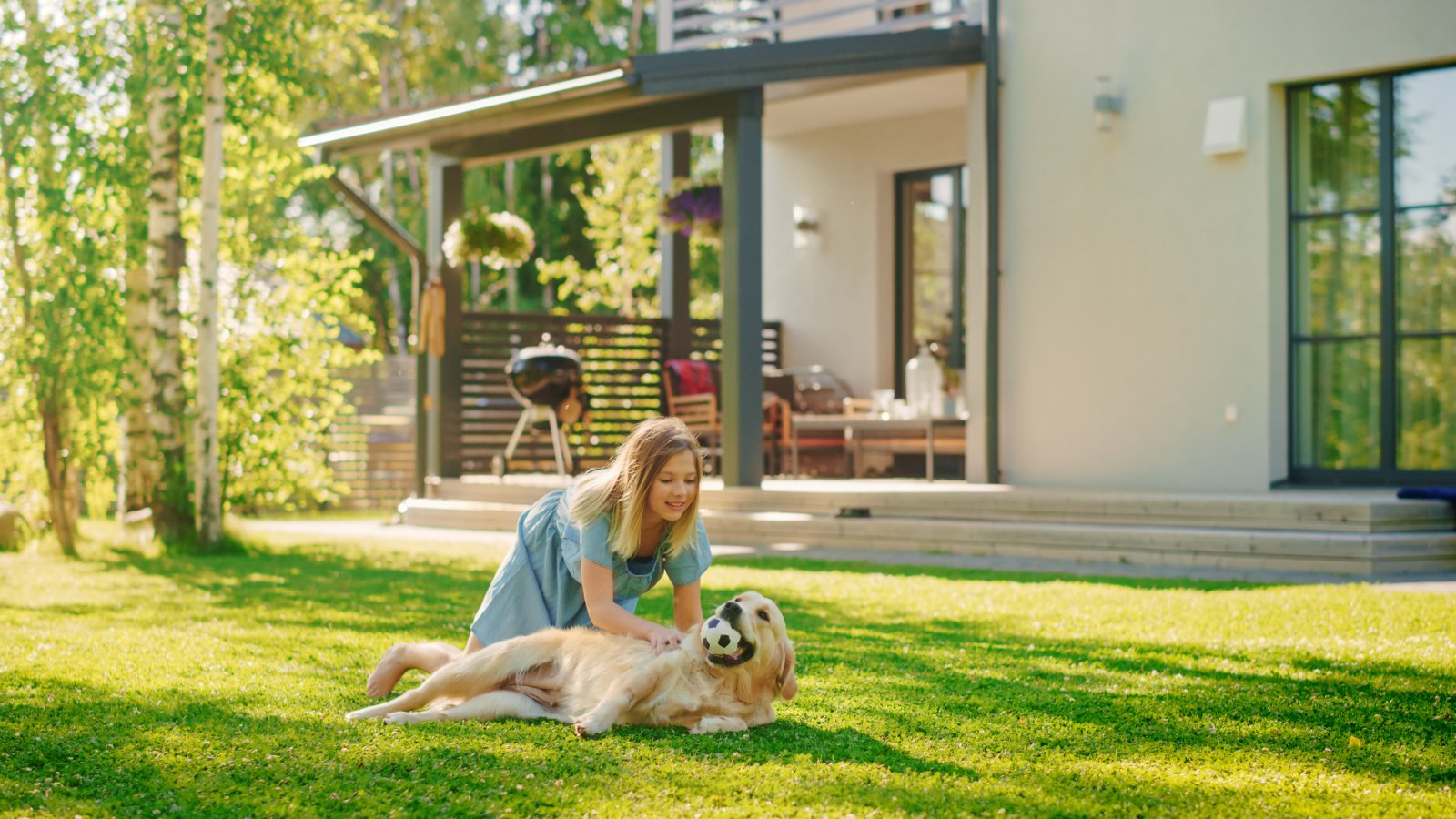
Addressing separation anxiety is vital for your dog’s mental health and happiness. Take these steps seriously and make the necessary changes to ensure your dog feels safe and secure when you’re not around. Your pet relies on you to make their life less stressful—don’t let them down.
The post Helping Your Dog With Separation Anxiety: Key Strategies first appeared on PawShore.
Featured Image Credit: Shutterstock / Hero Images Inc.
For transparency, this content was partly developed with AI assistance and carefully curated by an experienced editor to be informative and ensure accuracy.

